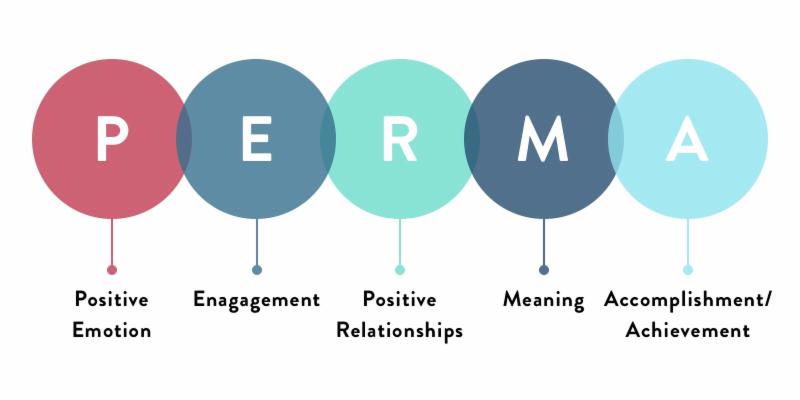The Importance of Active Listening in Executive Coaching
Communication problems abound. The #1 complaint from leaders and managers is “poor communication.” Today, effective communication is more important than ever and developing active listening skills is a necessity in all aspects of your professional and personal life… You can learn to be a better active listener.
Executive coaching requires expertise in communication skills such as ‘Active Listening.’
Did you know that there are three levels of active listening? Those three levels are described below.
Active listening a coachable skill that leaders and managers can develop with practice. Active listening is a fundamental interpersonal communication skill that helps leaders and managers be better communicators and problem solvers.
Active listening is not only key to rewarding conversation and true empathetic engagement but also has the potential to increase positive emotions. I often say, “A good conversation is as stimulating as dark coffee, but more memorable.” Why is that? Active listening can increase our subjective well-being and provide greater life satisfaction.
The three levels of active listening are level 1: internal listening, (e.g., the client is looking inside, but the coach may be listening to how that story affects the coach), level 2: Focused listening (e.g., the coach is laser-focused on the client’s agenda) and level 3: Global listening (e.g., the coach is focused on global cues including intuition, emotions, body language or the environment.) Do you notice the differences? Now reflect on that last conversation you had with a client or colleague. Was it at level 1, or level 2 or level 3?
In addition to those three levels of active listening, there are four main types of active listening that require the listener to hear, evaluate and interpret the content of speech. You can practice each of these techniques.
- Paraphrase. One way to develop empathy and practice active listening is by paraphrasing. The listener repeats the essence of the message spoken by the communicator using their own words. This demonstrates that the listener is actively concentrating on the message the communicator is trying to convey. Paraphrasing can be the most challenging Active Listening technique to perfect as it requires skill as well as discipline. TIP: Record your paraphrase using your smartphone. Then share it with your colleague and ask, “Is this an accurate paraphrase?” It works.
- Reflected emotions. Another tool leadership development coaching utilizes to teach active active listening involves reflecting the feelings of the communicator. This type of active listening establishes an emotional rapport between the communicator and the listener. Be careful when using this technique. Emotions describe another person’s state (e.g., mad, sad, glad, happy, or….) Judgements or opinions are not the same as emotions. Be careful to state emotions only (not judgements) when reflecting emotions to another person. TIP: State something like, “If I understand you correctly you are feeling _____ emotion because of ______ action. Is that accurate?”
- Reflected meaning. Another way to establish rapport between a leader and a colleague, or between a speaker and listener, is through reflected meaning. Reflected meaning focuses on the factual message of the speaker instead of the emotional communication. As an example, use data or facts to build your case. Like a lawyer. State the facts, only the facts, and include numbers, dates, details. The result of repeating those factual details is that i the listener nods their head, as if confirming understanding with the speaker. TIP: Some leadership coaches practice reflected meaning using a communication script such as “When ____ (action) occurs, you feel ______ (emotion) and want to do _____ (new behavior or action). Is that accurate?”
- Summative reflection. Finally, summative reflection includes a confirmation of the message content. Summative reflection can be the most difficult type of active listening to exercise but the power of summative reflection is that it strengthens interpersonal ties and promotes efficiency in the communication process. Summative reflection combines the elements of paraphrasing, reflected meaning and reflected emotion and requires the listener to incorporate personal views into the communicator’s message. TIP: Take notes when coaching someone, so that you can accurately summarize the essential details and validate the leader’s concerns.
Active listening can be taught, and can be coached. Active listening helps leaders to build relationships, solve problems, resolve conflicts and improve accuracy.
Whether you’re looking for an executive coach in Nashville or worldwide you can find more information on executive coaching and active listening by calling Action Learning Associates at (615) 603-3638.





Recent Comments